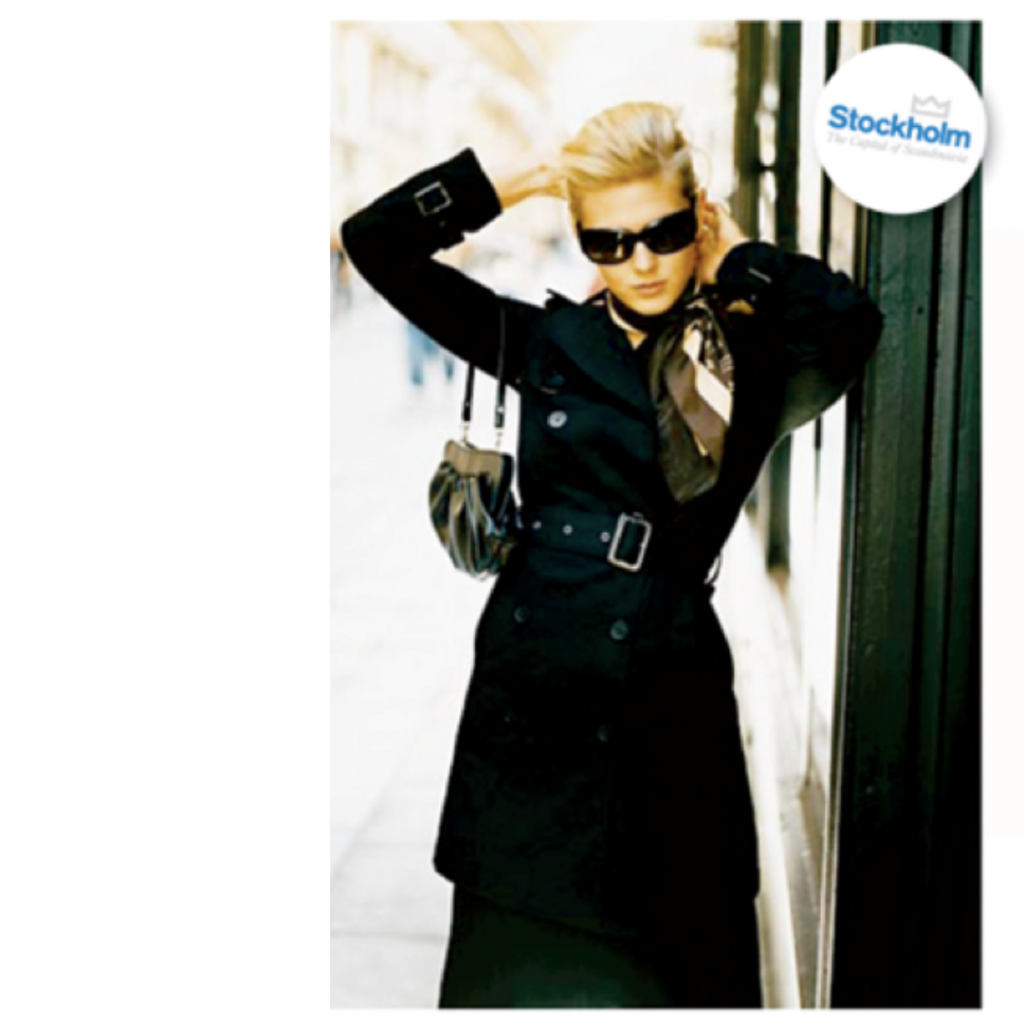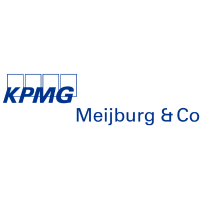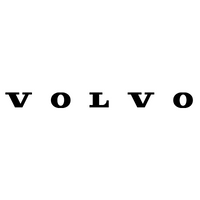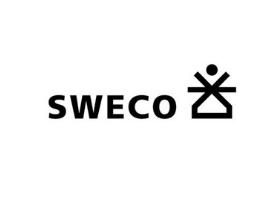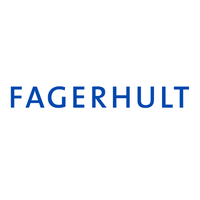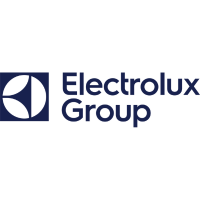
In each issue of Swedish Chamber Insights, we have the pleasure of showcasing the expertise of one of our member companies in the Insight features. This month, we spoke with Lawrence Masle, CEO of UP THERE, EVERYWHERE, and Chairperson of the Swedish Chamber of Commerce’s Branding & Marketing Committee, about the vital role of a strong brand strategy in shaping business success.
An introduction to UP THERE, EVERYWHERE
Founded in 2011, UP THERE, EVERYWHERE was built on the belief that the traditional agency model is broken. UP is different. As the world’s first global cloud-based agency, UP has pioneered remote work and cloud collaboration since day one – long before the pandemic made it mainstream. With over 175+ members worldwide, UP delivers strategic and creative services across sectors, including life sciences, health, place branding, technology, and aesthetics, offering clients better value through agile, tailored solutions.
In 2019, UP expanded its digital capabilities by acquiring UK-based agency DPC, now operating as UP FOR DIGITAL. Further growth occurred in 2023 with the acquisition of SWC Partnership, enhancing expertise in technology, engineering, and consumer packaged goods.
While thriving in the cloud, UP also values face-to-face collaboration, maintaining Creative Hubs in cities such as Stockholm, Gothenburg, London, Hamburg, Amsterdam, New York, and Shanghai.
Great ideas don’t need an office – they just need the right people, working together, everywhere. Expect more.
Knowing What You Stand for and How You’re Going to Achieve Your Goals
Too often we have found many companies and organisations spend money communicating the wrong things. They have an annual budget and spend it without really examining what they stand for in the minds of their target audiences; and how they will achieve their overall strategic and business goals.
Brand strategy is integral to business strategy and plays a crucial role in any company or organisation operating in increasingly competitive markets. Establishing a unique brand position and differentiating from competitors is no easy task—it requires a robust process and, ultimately, strategic business choices. What will your brand stand for? Just as importantly, what will it not stand for?
When people think of branding, they often focus on visual elements such as the brand name, logo, colour palette, or tagline. However, brand strategy extends far beyond these visual expressions.
The Importance of Process in Brand Strategy
Developing a strong brand strategy demands a structured approach. It is essential to engage all key stakeholders—not only to gather insights but also to foster alignment and support for the strategic choices that will define the brand’s position. This is often achieved through multiple workshops that involve a broad spectrum of the organisation, including leadership and board members. These workshops dive deep into the different layers of a brand’s value proposition.
Defining the Brand’s Value Proposition
A brand’s value proposition can be broken down into three core elements:


Understanding a brand’s value through these perspectives—and analysing how they compare to the competition—is a fundamental step in crafting a strong brand position.
Crafting a Unique Brand Position
Only after thoroughly evaluating a brand’s strengths and weaknesses relative to competitors can a company begin defining its brand position. This stage is often the most challenging, as it requires making clear, strategic choices. What will the company stand for? And what will it not? Many businesses struggle at this juncture, attempting to appeal to multiple market segments without a clear focus. This lack of specificity results in a diluted brand that blends into the competitive landscape—what we call “wallpaper.” Conversely, brands that commit to a distinct position stand out and remain memorable. A classic example is Volvo, which has built and maintained its brand position around safety for decades.
The Importance of Brand Positioning
Why is choosing a distinct brand position so essential? There are two primary reasons:
- Differentiation – A strong brand position helps a company stand apart from the competition.
- Memorability – Buyers are more likely to remember a brand when making purchasing decisions. Since the human brain can only retain a limited amount of information, simplifying the message and reinforcing a single, unique attribute improves brand recall.
In branding, perception often outweighs reality. It is essential to actively shape the perceptions you want associated with your brand.
Broader Applications of Brand Strategy
Brand strategy and positioning are extremely important to both B2B and B2C brands. For example, Jenoptik, a German photonics business, wanted to create a refreshed, bold new brand and identity that would work across multiple business areas and different geographic regions. The result was Jenoptik – More Light.
Equally, brand positioning can also be applied to places, such as countries, cities, and even destinations like airports and neighbourhoods. Take Stockholm as an example. Two decades ago, Stockholm went through a two-year process of defining its brand position as the most important place in Scandinavia.
Stockholm – The Capital of Scandinavia
The Nobel Peace Prize
Brand strategy is also highly relevant to non-profit organisations. Take the Nobel Peace Prize, for example. Back in 2011, The Nobel Foundation wanted to carry the concert and its message to a broader audience. They also felt that the existing identity and website did not fully reflect the contemporary nature of the Concert itself. What’s more, they wanted to communicate more strongly that the Concert was a celebration to recognise each year’s Nobel Peace Prize Laureate. The new identity and official website reflected a more dynamic, contemporary approach. It reached out to a younger, more international audience with interactive social media elements. Short films of the events by many artists were created, allowing viewers to watch just their favourite stars. For the logo refresh, a number of different design directions were initially explored, looking at typography, colour and the Nobel medal icon itself. These were narrowed down until a new design approach was found that reflected both the heritage of the Nobel and the Peace Prize itself, as well as the more contemporary nature of the Concert.

Brand strategy can also be applied to countries and specific sectors within that country. Following the upheavals of Brexit and the consequent relocation of the European Medicines Agency (EMA) to Amsterdam, the Dutch government made a conscious decision to capitalize on this new momentum and to establish a clear positioning for its Life Sciences and Health sector.
The Netherlands and the Arrival of the EMA

The starting premise was: the Netherlands is the most important place in Europe for Life Sciences and Health. Because of the unique density and closeness of everything in the Netherlands, and the strong spirit of collaboration, the core idea of Connected was recommended. The concept was further developed by imagining the country as a metropolis. This concept was well-received, especially since any region (Rotterdam, Amsterdam or Eindhoven) could use the positioning and adapt it for its own purposes. The positioning created for the Netherlands was: The Netherlands: Europe’s connected Life Sciences & Health metropolis.
Conclusion
A well-defined brand strategy is not just about the logo—it’s about making clear, strategic choices that define what a company, product, or place stands for. By crafting a unique and memorable position, brands can differentiate themselves, foster emotional connections, and remain top-of-mind for their audiences. In the competitive world of business, a strong brand strategy is not a luxury—it’s a necessity.
If you want to learn more about UP THERE, EVERYWHERE – connect on LinkedIn or visit their website.

